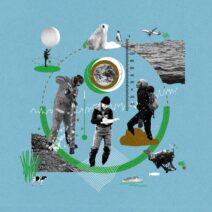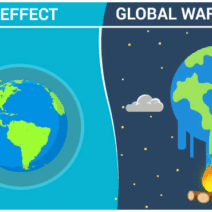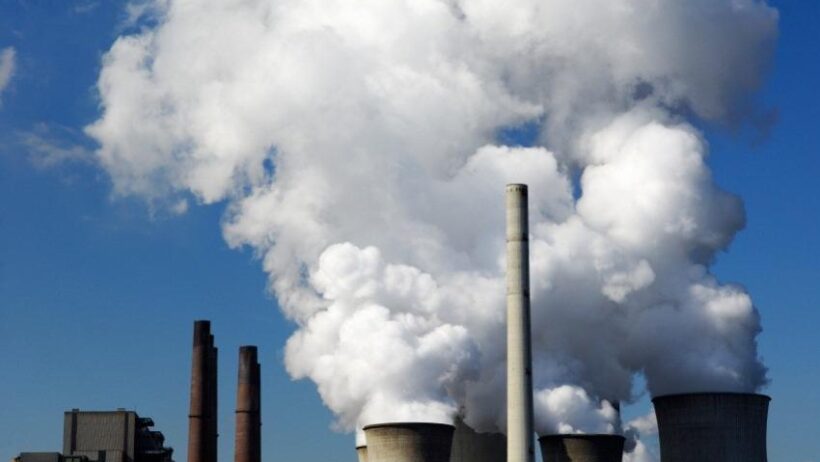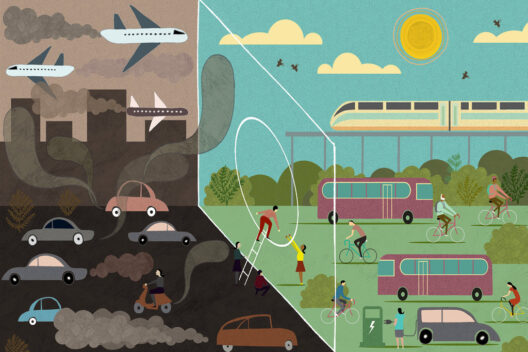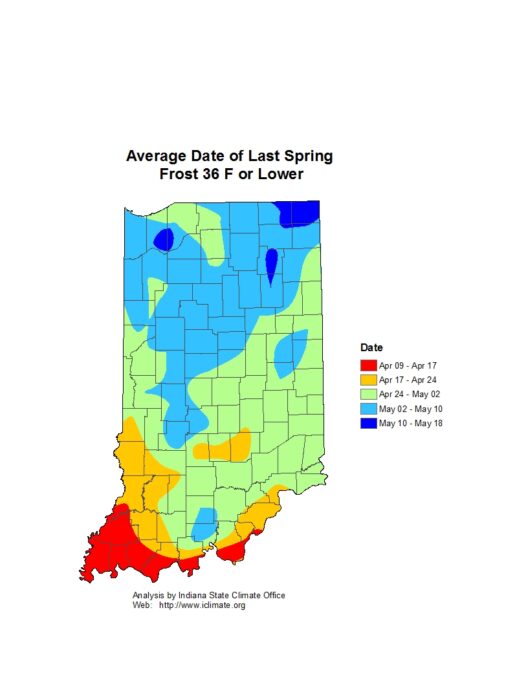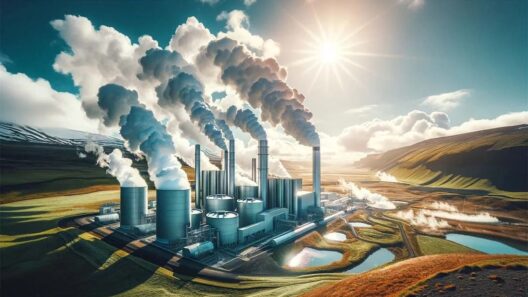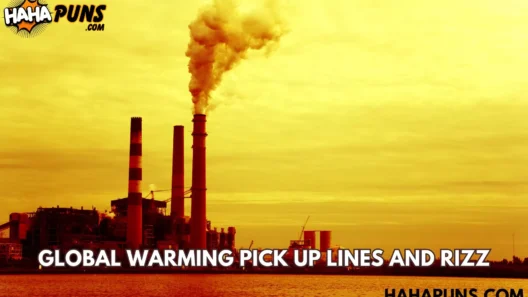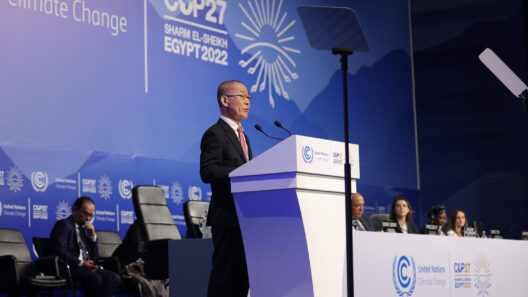The debate surrounding man-made CO2 and its role in global warming is akin to a prolonged chess match, where every move is scrutinized, and the stakes are at an all-time high. At its core, the inquiry revolves around whether the carbon dioxide emitted by human activities significantly influences the Earth’s climate system. To unravel this multifaceted issue, one must venture through a labyrinth of scientific evidence, historical data, and theoretical frameworks.
At its most fundamental level, carbon dioxide (CO2) functions as a greenhouse gas. Greenhouse gases are the atmospheric guardians that trap solar energy, preventing it from escaping back into space. Picture the Earth as a greenhouse, where the sun’s rays pour in, nurturing life. However, too much CO2 acts like an overabundance of glass panels, leading to excessive heat retention. This phenomenon inevitably raises global temperatures, creating a cascade of effects on climate systems across the globe.
To grasp the implications of man-made CO2 emissions, it is imperative to look through the lens of industrialization. Since the dawn of the Industrial Revolution in the late 18th century, human activities such as the burning of fossil fuels, deforestation, and industrial processes have significantly increased the concentration of CO2 in the atmosphere. In fact, the levels of CO2 have surged from approximately 280 parts per million (ppm) in the pre-industrial era to over 410 ppm today. This sharp rise is not merely a byproduct of economic development; it is a clarion call signaling an impending crisis for the planet.
Scientific consensus substantiates the correlation between anthropogenic CO2 emissions and global warming. The Intergovernmental Panel on Climate Change (IPCC), a leading body of scientists monitoring climate change, asserts that human activities are the dominant cause of observed warming since the mid-20th century. This assertion transcends mere speculation; it is supported by extensive climate models, historical climate data, and paleoclimate records. The metaphorical roots of climate change run deep, steeped in an abundance of empirical evidence.
One may ponder the potency of CO2 relative to other greenhouse gases. Methane (CH4), for instance, is far more effective at trapping heat than CO2, but it is present in the atmosphere in smaller quantities. The crux of the matter lies in the longevity of these gases; CO2 has a much longer atmospheric lifespan, persisting for hundreds to thousands of years. This means that the effects of our current emissions will linger, playing a crucial role in future climate scenarios. It is akin to a boulder rolling down a hill—once the initial push is given, its trajectory is difficult to alter.
However, the complexity of climate science reveals that CO2 isn’t the sole actor on this vast stage. Natural factors, including volcanic eruptions, solar radiation fluctuations, and ocean currents, also contribute to climate variation. Nonetheless, the distinguishable footprint of human activities is evident, and when superimposed on these natural phenomena, the result is a stark anthropogenic influence that shifts the delicate balance of Earth’s climate system.
Critics of the man-made global warming theory often cite historical climate cycles, pointing to periods of warming and cooling long before industrialization. While it is true that climate has oscillated due to natural forces, the rate and magnitude of recent changes are unprecedented when placed in a historical context. The Earth has witnessed warm periods, such as the Medieval Warm Period; however, the current trajectory of warming is alarming and exceeds those past fluctuations in speed and severity. This presents significant implications for ecosystems, sea levels, and human livelihoods.
The consequences of man-made CO2 emissions extend far beyond rising temperatures. Increased global temperatures lead to extreme weather events, including severe storms, droughts, and floods. Ecosystems are disrupted, biodiversity is lost, and agricultural yields are jeopardized. The metaphor of a domino effect aptly encapsulates this phenomenon: a single fall can precipitate a cascade of consequences that affect multiple facets of life on Earth. Mitigating these effects necessitates urgent, concerted global efforts.
Addressing the quandary of climate change requires multifarious solutions. Transitioning to renewable energy sources, enhancing energy efficiency, and prioritizing reforestation are essential strategies. The road to a sustainable future is fraught with challenges, yet the linchpin of successful mitigation is collective action. Every individual, community, and nation has a role to play in curbing emissions and advocating for policies that promote environmental stewardship.
In conclusion, the question of whether man-made CO2 truly causes global warming is not a matter of outright debate; it is a pressing reality backed by overwhelming scientific evidence. It invites us to reconsider our relationship with the planet and recognize the gravity of our actions. Humanity stands at a crossroads, with the opportunity to either amplify the destructive cadence of climate change or to embark on a path toward sustainability. The future of the Earth, much like a delicate equilibrium, hangs in the balance—every decision holds the power to tilt the scales toward either salvation or demise.

